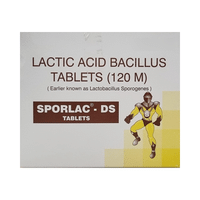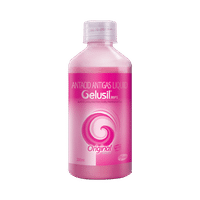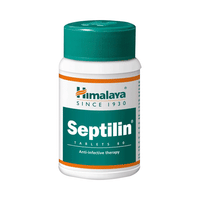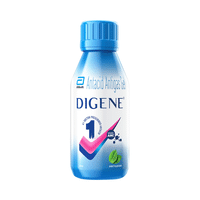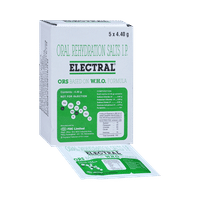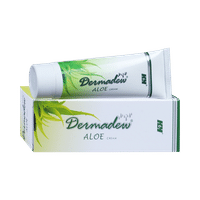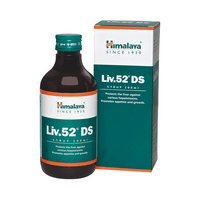Rs.43.80for 1 tube(s) (15 gm Ointment each)
Available in other variants
food interaction for Omidine Ointment
alcohol interaction for Omidine Ointment
pregnancy interaction for Omidine Ointment
lactation interaction for Omidine Ointment
medicine interaction for Omidine Ointment
food
alcohol
pregnancy
lactation
medicine
No interaction found/established
No interaction found/established
Omidine Ointment is generally considered safe to use during pregnancy. Animal studies do not indicate harmful effects. However, there are limited human studies.
SAFE IF PRESCRIBED
Omidine Ointment may be safe to use during breastfeeding. Animal studies have shown low or no adverse effects to the developing baby; however, there are limited human studies.
SAFE IF PRESCRIBED
No interaction found/established
SALT INFORMATION FOR Omidine 5% w/w Ointment
Povidone Iodine(5% w/w)
Omidine ointment uses
{med_name} is used to prevent wound infection.
How omidine ointment works
Omidine Ointment is an antiseptic applied on skin, which is infected or is likely to get infected. It works by slowly releasing iodine which kills or prevents the growth of infectious microorganisms.
Common side effects of omidine ointment
Application site reactions (burning, irritation, itching and redness)
SUBSTITUTES FOR Omidine Ointment
145 Substitutes
145 Substitutes
Sorted By
 Rs. 67.17save 5% more per gm of Ointment
Rs. 67.17save 5% more per gm of Ointment Rs. 36.22pay 17% more per gm of Ointment
Rs. 36.22pay 17% more per gm of Ointment Rs. 431.71pay 12% more per gm of Ointment
Rs. 431.71pay 12% more per gm of Ointment Rs. 99.84pay 29% more per gm of Ointment
Rs. 99.84pay 29% more per gm of Ointment Rs. 754.68save 2% more per gm of Ointment
Rs. 754.68save 2% more per gm of Ointment
Expert advice FOR Omidine Ointment
- Povidone Iodine is an antiseptic that helps treat and prevent infections.
- Apply a small amount to the affected area after cleaning it properly.
- Avoid contact with eyes and nose. In case of accidental contact, rinse thoroughly with water.
- Do not use it on burnt, broken or inflamed skin.
Frequently asked questions FOR Omidine 5% w/w Ointment
Povidone Iodine
Q. Can I put Omidine Ointment on an open wound?
Omidine Ointment can be used as an antiseptic to treat or prevent infections in wounds such as ulcers, small burns or cuts, and other minor injuries. However, take special care if you are applying Omidine Ointment on open large wounds or where the skin is broken like burns. The reason being there may be a risk of excessive absorption of iodine in the blood which may increase to toxic levels.
Q. Will Omidine Ointment solution stain my skin or clothes?
Omidine Ointment has a natural golden brown color which stains the area where you have applied it. It does not however, permanently stain your skin and fingernails. The stain can be easily removed from your clothes with soap and water.
Q. Where can Omidine Ointment be used?
Omidine Ointment is used in the treatment and prevention of infection in wounds including cuts, small areas of burn, ulcers and minor injuries. Do not use this medicine on deep wounds and clean surgical wounds.














